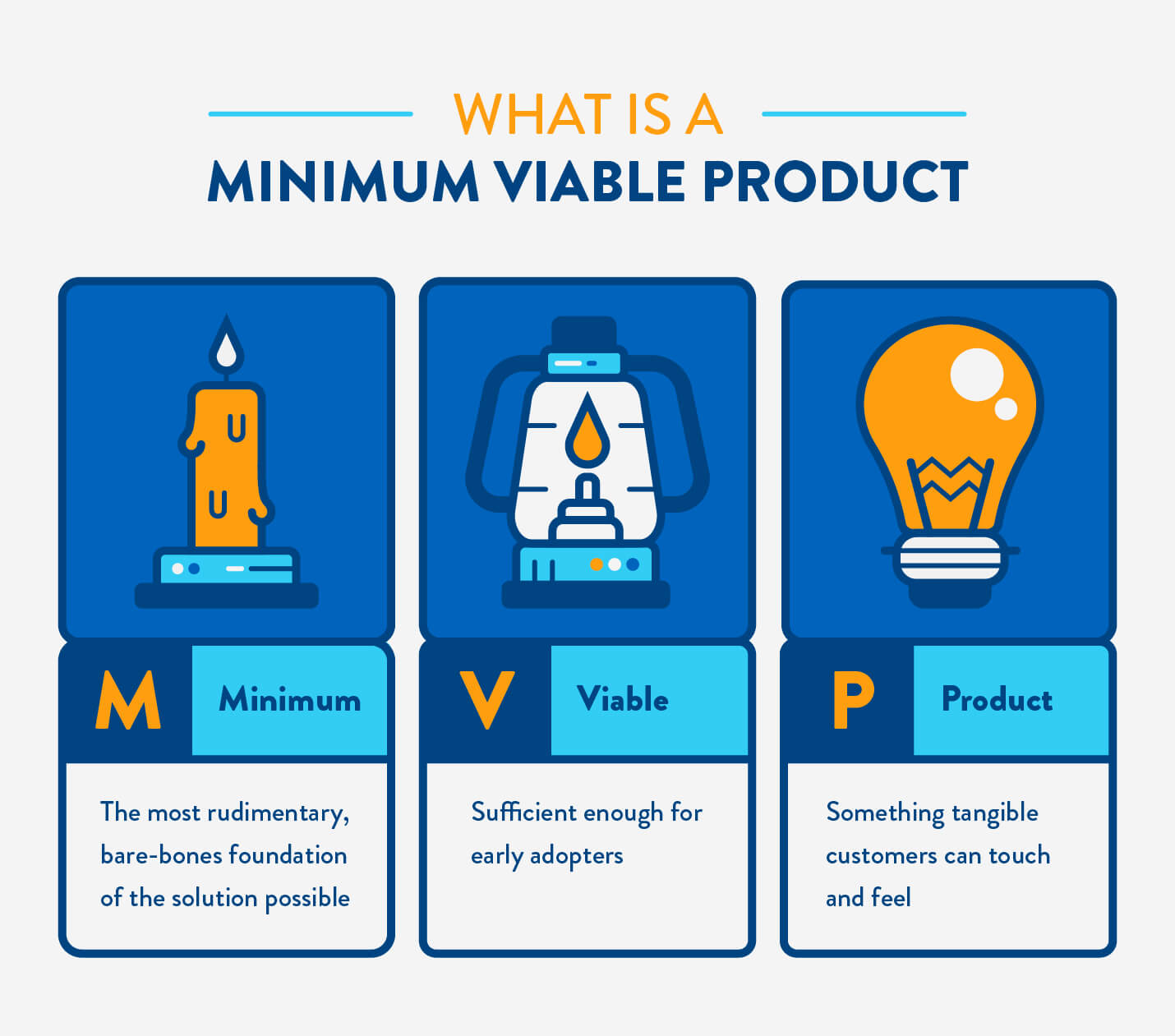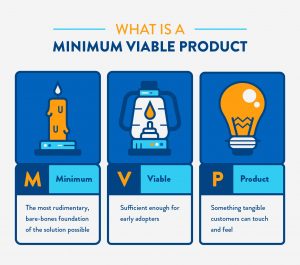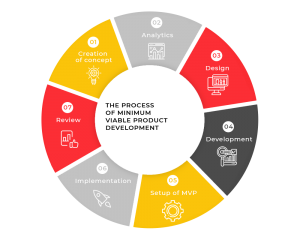An MVP development service is a process of developing a product with the least amount of effort and investment. MVP allows startups to validate their hypotheses about which products and features are most appealing to users. MVP also gives startups the ability to measure customer interest and engagement before they fully invest in product development.
For MVP development service to be successful, it is important to have a clear understanding of what MVP is and how it can be used. Read on for everything you need to know about MVP development service.
What is an MVP (Minimum Viable Product)?
An MVP (minimum viable product) is a simple, launchable product that includes and supports the bare minimum of features that are extremely necessary. An MVP is developed to reduce time to market, attract early adopters, and achieve product-market fit from the very beginning of development.
After the MVP has been launched, the first round of feedback is anticipated. Based on the comments, the company will continue to work on fixing the issues and implementing the additional features that those early adopters have demanded.
MVP Development Process
The MVP development process begins with identifying the core features that are essential to the product. Once the MVP’s core features have been identified, a team of developers builds them out. The MVP is then launched, and user feedback is collected. Based on the feedback, the MVP is iterated on, and additional features are added.
Why Use an MVP Development Service?
There are many reasons why startups use MVP development services. One of the most common reasons is that it allows startups to validate their hypotheses about which products and features are most appealing to users. MVP also gives startups the ability to measure customer interest and engagement before they fully invest in product development. Additionally, MVPs can be used to test different marketing strategies and assess customer acquisition costs.
Different Types of MVP Models
In technology, a typical MVP has one of two models: Piecemeal MVP and Wizard of Oz MVP. Both of them have their own unique method of creating a prototype. Check out the following to find how they actually differ:
Piecemeal MVP
Also known as the “build-measure-learn” MVP, the Piecemeal MVP is a model that focuses on building and measuring one core feature at a time. The purpose of this MVP model is to test the riskiest assumptions first. After the assumption has been validated or invalidated, the team can move on to the next assumption.
Wizard of Oz MVP
The Wizard of Oz MVP is a model that uses fake doors and manual processes to simulate a fully functioning product. This MVP model is often used to test customer interactions with a product before any actual development takes place.
One of the most famous examples of the Wizard of Oz MVP is Tesla’s Model S. Before Tesla had the technology to build a fully functioning electric car, they built a prototype with a gas engine that was hidden in the trunk. This allowed them to test the customer experience and get feedback about the product without actually investing in the development of an electric car.
What Are the Business Advantages of Developing an MVP for a Product?
There are many business advantages of an MVP for product development. Here are some of the most common ones:
Focus On Building the Foundation
An MVP app is one that is focused on a single concept and does not include any additional features. The MVP strategy is consistent with the lean startup philosophy of developing the best product possible with the least amount of resources in the shortest amount of time.
Having only a few of the most important but bare-bones functionality can help keep the cost of MVP development down. The MVP then enables the app to be tested with the least amount of risk.
Early Testing and Evaluation Possibility
The earlier an app can be released, the sooner it can be put in front of users for testing and evaluation. The feedback from users is essential to help shape the final product.
Users that are engaged with the product during the early stages are also more likely to continue using it when new features are added. This reduces the need to acquire new users down the road, which can be a costly endeavor.
User Intelligence and Getting Feedback
When it comes to user feedback, an MVP app provides startups with a built-in focus group. This is because users that are interacting with the product during its early stages are more likely to provide honest and constructive feedback.
This feedback can be used to help shape the final product and make sure that it’s something that users actually want.
Allows for Market Validation to Take Place
An MVP assists a company in determining whether or not the app is appropriate for the intended market. An MVP should be able to effectively communicate the company’s brand to customers and demonstrate how this product is distinct from what the competition is offering.
Budget-Friendly
The MVP strategy is a budget-friendly way to get a product off the ground. This is because an MVP focuses on building the core features of a product, rather than all of the bells and whistles.
Building an MVP can help a startup save money that would otherwise be spent on developing features that may not even be used by customers.
Final Thoughts
The MVP strategy is a popular one among startups for good reason. An MVP app can help a company validate its product, get feedback from users, and save money on development costs.
If you’re thinking about developing an MVP for your product, Altamira is here to help. Our team of experienced developers can assist you in building a product that meets your specific needs and budget.




